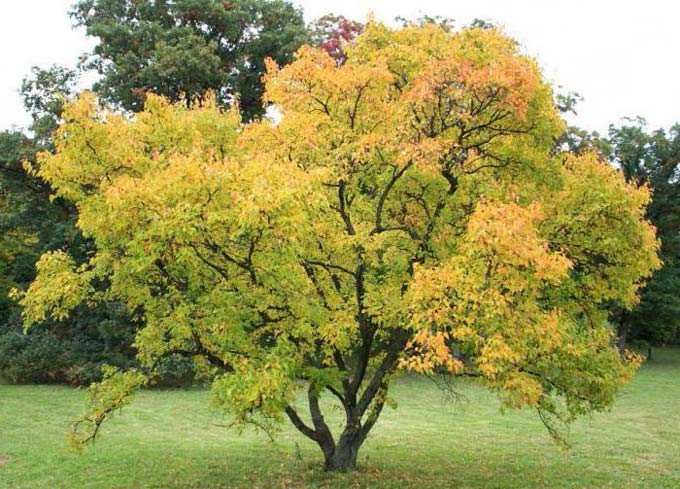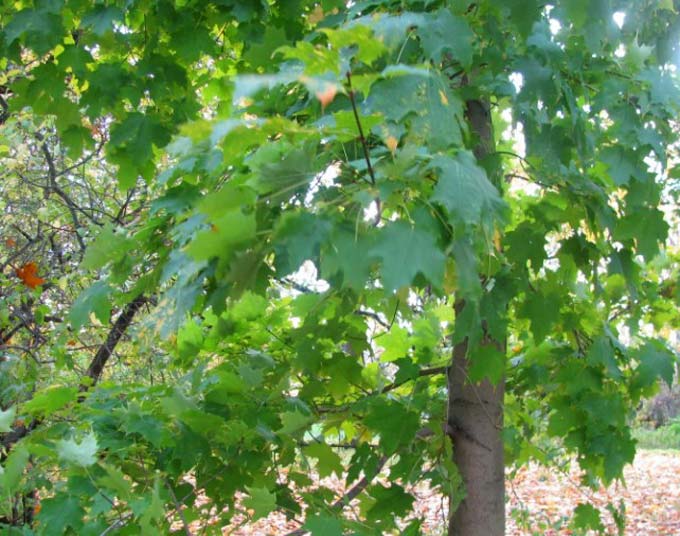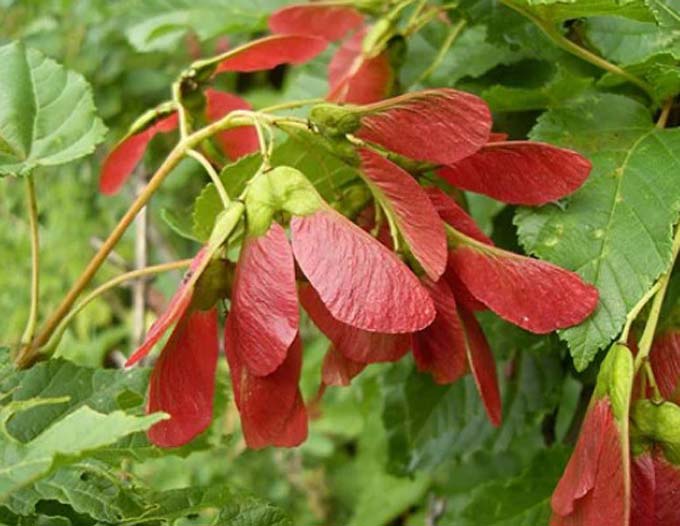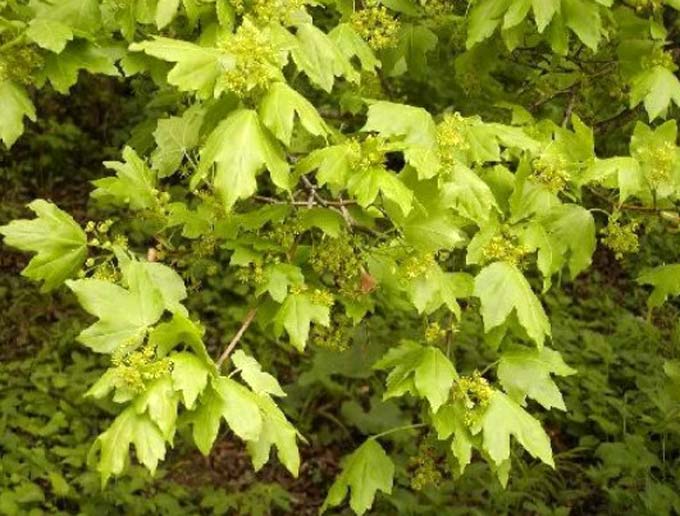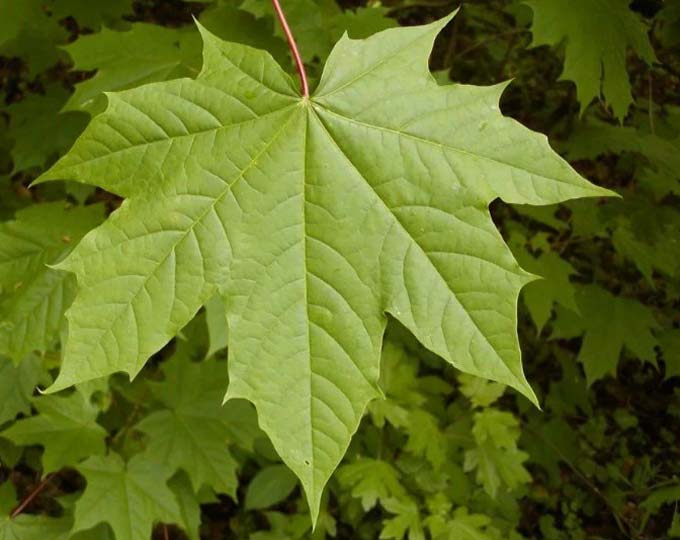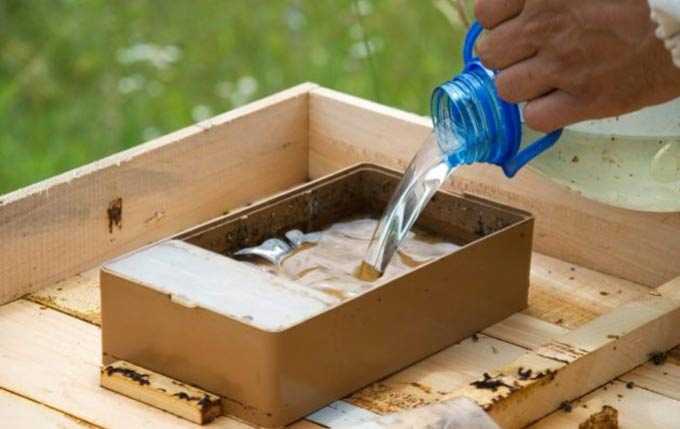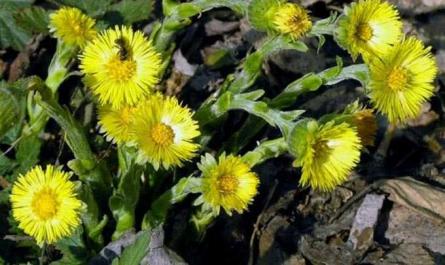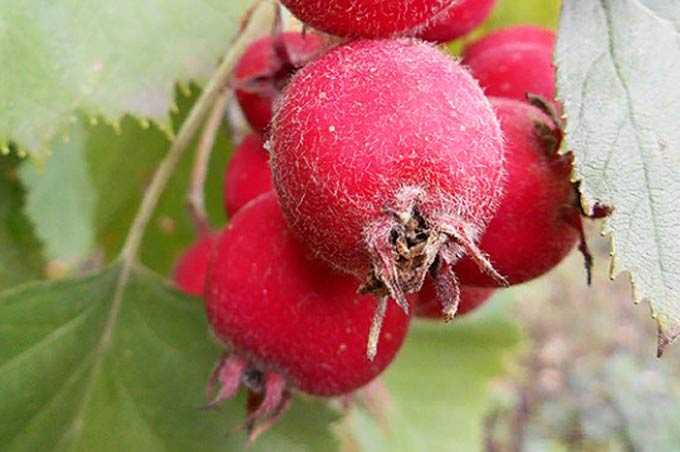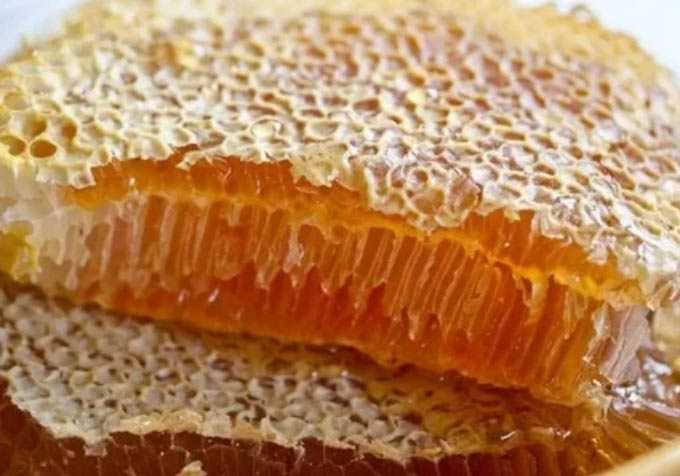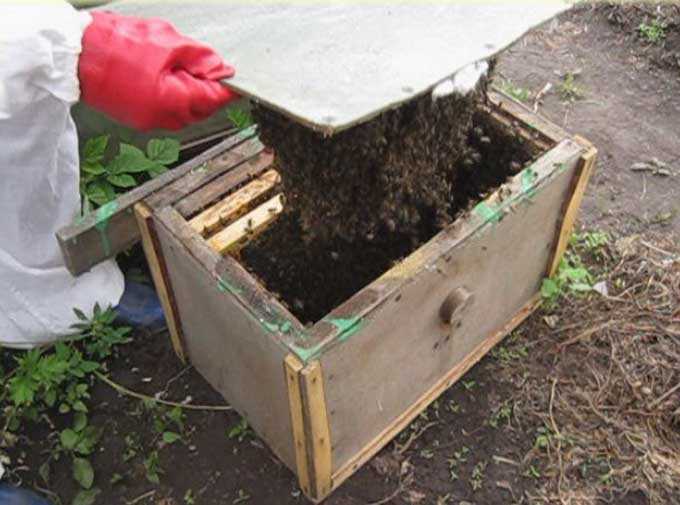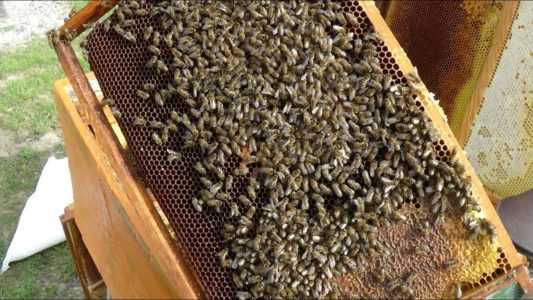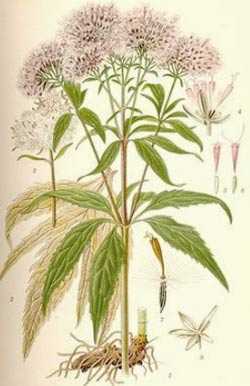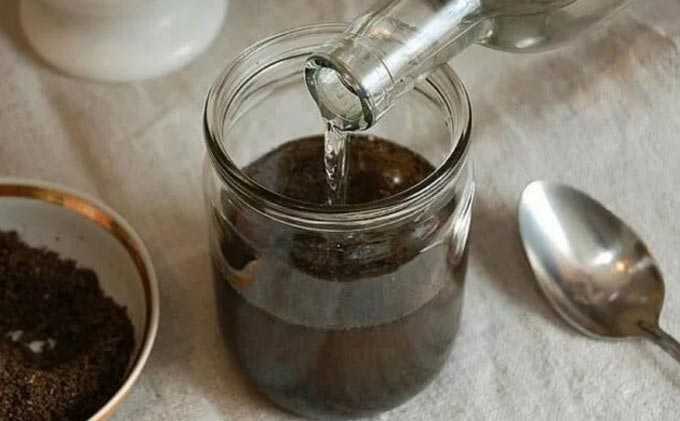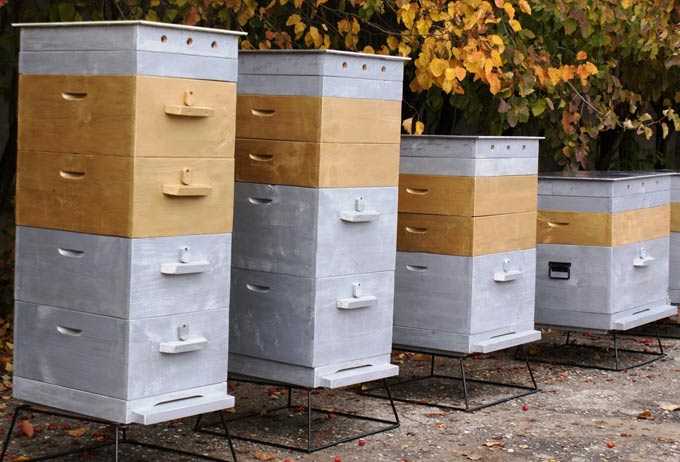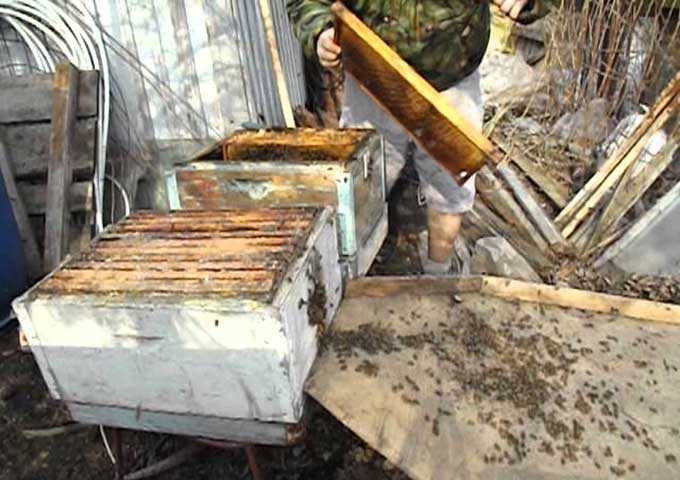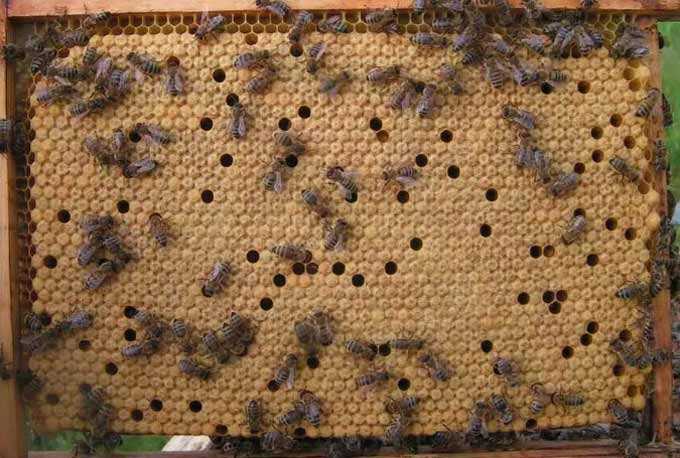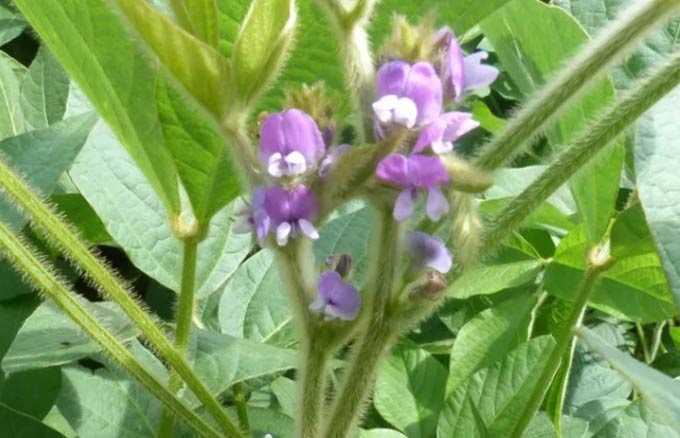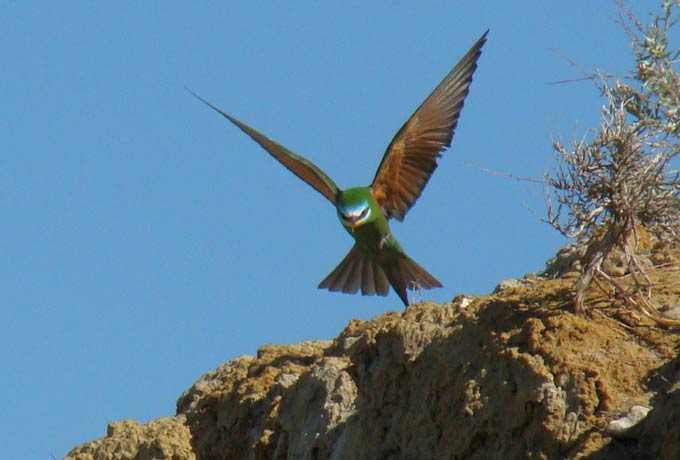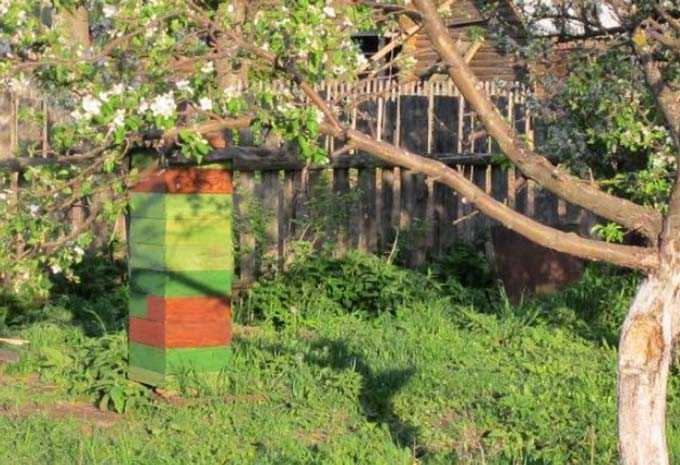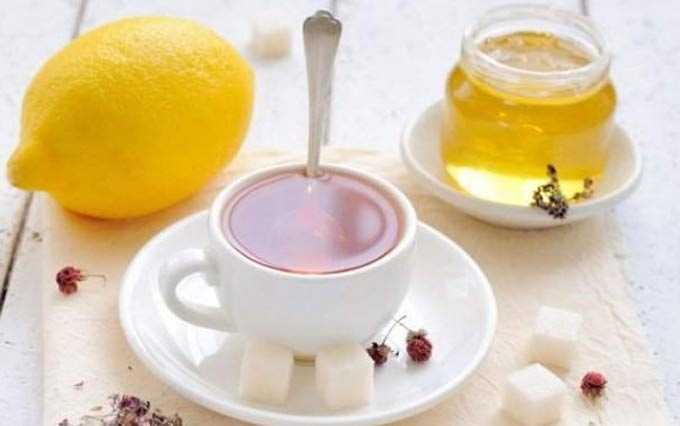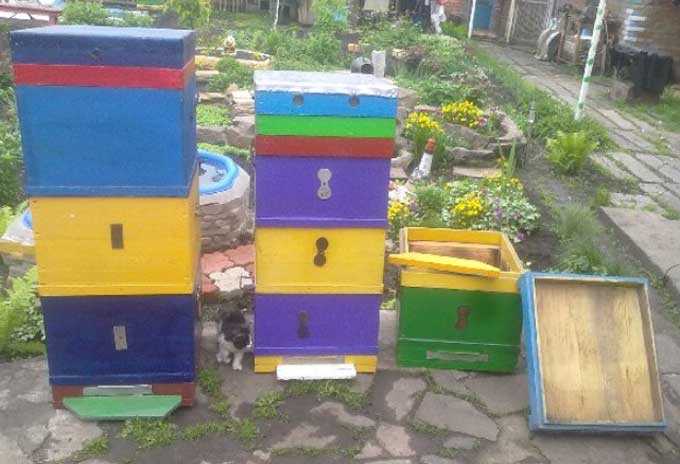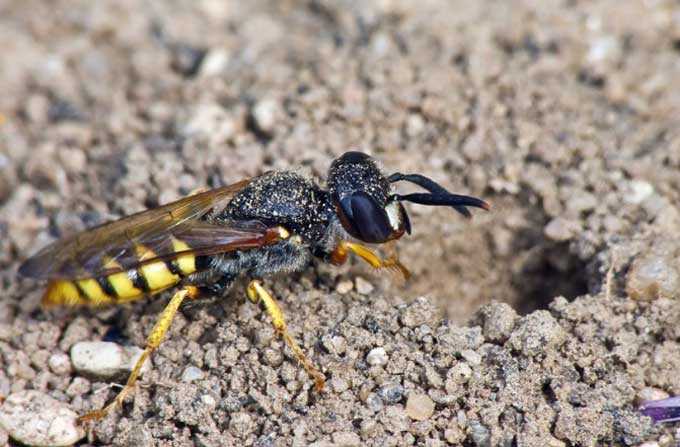Maple as a honey plant is considered a good source of pollen and nectar. In our country, there are several varieties of this tree, planted in parks, squares, forest belts, along roads.
The content of the article
- 1 Significance for agriculture
- 1.1 Ginnala
- 1.2 White
- 1.3 Ash-leaved
- 1.4 Tatar
- 1.5 Field
- 1.6 Holly
- 2 Agrotechnics
- 3 Honey productivity
- 4 Useful Properties
Significance for agriculture
Maples are widely cultivated as ornamental plantings. Due to their appearance, these trees serve as a real decoration for landscaping settlements, parks and roadside areas. Maple forest protection belts reliably protect the fields from strong winds.
And when planting near apiaries, the maple honey plant provides the May collection of nectar.
Cultivars important for nectar and pollen production:
- holly (plane-shaped);
- field (flat);
- Tatar (chernoklen);
- ash-leaved (American);
- sycamore (white);
- riverside (Ginnala).
Ginnala
Ginnala maple (riverine) is planted on fertile soils. The tree is sensitive to light – loves places open to the sun.
The height is small – about 4-6 meters. Shrub forms are even lower – up to 2,5 meters. Their branches are erect, rather thin. Inflorescences are dense oval-corymbose panicles. The blossoming flowers are pale yellow.
This cultivar is a valuable source of pollen and nectar during the late summer period without incineration. Maple bushes bloom in the second half of June.
White
White sycamore has good melliferous characteristics even in rainy weather. This is its main value for apiaries.
The form of the plant is tree-like, very high – up to 35-40 meters. Spreading branches. Flowering begins only at the age of 11!
The flowering period is short – up to two weeks in early May.
Ash-leaved
Ash-leaved maple (American) is the earliest honey plant in the maple family, cultivated as an ornamental species. The tree easily reaches a height of 20 meters, but 12-15 meter stands are more common. The foliage resembles ash in shape – hence the Russian form of the name.
Inflorescences bloom at the end of April. The plant blooms from the age of 5. Flowering time up to 1,5-2 weeks. Trees are divided into male – with flowers having reddish anthers, and female – with yellowish raceme-like inflorescences. Fruits characteristic of the maple family are a lionfish of two planes.
The main value of the variety is high yields of pollen. Almost no nectar is taken by bees!
This pollen is rapidly displacing local types of vegetation, forming multi-tiered thickets in parks and forest plantations. Often planted in settlements in the Far East, Siberia, European regions of Russia.
Tatar
Chernoklen melliferous plant is a plant of the steppe and forest-steppe zones, resistant to droughts and undemanding to the quality of the soil. Cultivated as a protective planting for fields. Can be planted as a hedge.
In appearance, the Tatar maple honey plant is a small shrub or a low tree up to 8-10 meters. The foliage is three-lobed. During flowering, the plant throws out erect white panicles, exuding a pleasant smell. The fruit is a reddish dipteran.
The first flowers appear at the age of 6. Flowering time – May, two to three weeks.
Field
The field maple variety is also found in the steppes and forest-steppes. This plant grows in the wild on the edges of forests, groves, clearings. It is thermophilic and sensitive to the quality of the soil – it takes root better on chernozems.
The form is treelike or shrub. The bushes can be used for hedges – they have a beautiful spherical crown and sufficient height.
The honey plant blooms only at the age of 15. Inflorescences bloom in May and produce pollen with nectar within two weeks. The flowers are yellow-green, collected in erect panicles.
Holly
Maple is an Norway-leaved honey plant that loves black soil and good lighting. Feels great on the edges, in woodlands. The trees here reach 30 meters in height.
Inflorescences are dim, but emitting a strong aroma – flying bees willingly rush to panicles. They bloom almost simultaneously with the first leaves. They bloom for 18 days in May-June.
The species is widespread in Southwest Asia and Europe.
Agrotechnics
The honey plant reproduces in several ways:
- seeds;
- basal offspring;
- young shoots taken from the forest;
- vaccination when it comes to gardens.
Before planting, the seeds are stratified at temperatures from zero to +3 degrees for two to three months. And then they are treated with 1 percent thiourea, which increases the germination rate up to 80 percent.
Recommended soils are well-fertilized chernozems, loams, humus sandy loams. The honey plant does not tolerate dense soils, sandstones, calcareous, swampy soils.
The seedlings obtained from the seeds are planted in the ground in early spring or autumn after the completion of leaf fall.
Disembarkation is carried out in rows with a distance between individual trees of 2-4 meters. Planting depth is 50-60 centimeters. If the soil is dense enough, fine gravel or coarse sand is poured under the roots.
Up to 2 years of age, plantings are watered weekly with 1,5-2 buckets of water per plant.
The duration of honey collection can be increased due to the correct planting of different varieties, taking into account their flowering. The early flowering species are ash-leaved, and the late flowering species are Ginnal and the holly variety.
Honey productivity
The yield of marketable honey per hectare depends on the density of plantings, the type of tree or shrub, and its age:
- Ginnal – 80-90 kg;
- Tatar – 70-80 kg;
- field – up to 90 kg;
- holly – up to 6 kg per day in strong bee colonies.
The color of honey is light brown or amber, the aroma is delicate, the taste is pleasant with a hint of almonds. Pollen (pollen) can be from different shades of yellow to whitish in color.
Useful Properties
Maple honey is a rich source of amino acids, trace elements and vitamin groups. Its composition is ideally balanced, which allows the product to be used as a general tonic.
Honey is also used:
- with atherosclerosis;
- with anemia;
- to strengthen immunity;
- to combat colds;
- to increase lactation;
- with wounds, abscesses, abscesses on the skin;
- for cosmetic procedures at home.
As a prophylactic agent, it is taken orally in a tablespoon once a day half an hour before meals in 10-day courses. You can drink it with warm, but not hot, water with lemon.
